
النبات

مواضيع عامة في علم النبات

الجذور - السيقان - الأوراق

النباتات الوعائية واللاوعائية

البذور (مغطاة البذور - عاريات البذور)

الطحالب

النباتات الطبية


الحيوان

مواضيع عامة في علم الحيوان

علم التشريح

التنوع الإحيائي

البايلوجيا الخلوية


الأحياء المجهرية

البكتيريا

الفطريات

الطفيليات

الفايروسات


علم الأمراض

الاورام

الامراض الوراثية

الامراض المناعية

الامراض المدارية

اضطرابات الدورة الدموية

مواضيع عامة في علم الامراض

الحشرات


التقانة الإحيائية

مواضيع عامة في التقانة الإحيائية


التقنية الحيوية المكروبية

التقنية الحيوية والميكروبات

الفعاليات الحيوية

وراثة الاحياء المجهرية

تصنيف الاحياء المجهرية

الاحياء المجهرية في الطبيعة

أيض الاجهاد

التقنية الحيوية والبيئة

التقنية الحيوية والطب

التقنية الحيوية والزراعة

التقنية الحيوية والصناعة

التقنية الحيوية والطاقة

البحار والطحالب الصغيرة

عزل البروتين

هندسة الجينات


التقنية الحياتية النانوية

مفاهيم التقنية الحيوية النانوية

التراكيب النانوية والمجاهر المستخدمة في رؤيتها

تصنيع وتخليق المواد النانوية

تطبيقات التقنية النانوية والحيوية النانوية

الرقائق والمتحسسات الحيوية

المصفوفات المجهرية وحاسوب الدنا

اللقاحات

البيئة والتلوث


علم الأجنة

اعضاء التكاثر وتشكل الاعراس

الاخصاب

التشطر

العصيبة وتشكل الجسيدات

تشكل اللواحق الجنينية

تكون المعيدة وظهور الطبقات الجنينية

مقدمة لعلم الاجنة


الأحياء الجزيئي

مواضيع عامة في الاحياء الجزيئي


علم وظائف الأعضاء


الغدد

مواضيع عامة في الغدد

الغدد الصم و هرموناتها

الجسم تحت السريري

الغدة النخامية

الغدة الكظرية

الغدة التناسلية

الغدة الدرقية والجار الدرقية

الغدة البنكرياسية

الغدة الصنوبرية

مواضيع عامة في علم وظائف الاعضاء

الخلية الحيوانية

الجهاز العصبي

أعضاء الحس

الجهاز العضلي

السوائل الجسمية

الجهاز الدوري والليمف

الجهاز التنفسي

الجهاز الهضمي

الجهاز البولي


المضادات الميكروبية

مواضيع عامة في المضادات الميكروبية

مضادات البكتيريا

مضادات الفطريات

مضادات الطفيليات

مضادات الفايروسات

علم الخلية

الوراثة

الأحياء العامة

المناعة

التحليلات المرضية

الكيمياء الحيوية

مواضيع متنوعة أخرى

الانزيمات
Sonic Hedgehog: Master Gene for Embryogenesis
المؤلف:
T.W. Sadler
المصدر:
Langmans Medical Embryology
الجزء والصفحة:
14th E, p8-10
2025-05-21
424
In the days before molecular biology, embryologists were convinced of the existence of a master signal that directed all of embryonic development. This signal would act as a morphogen, a secreted molecule that would establish concentration gradients and instruct cells in how to become different tissues and organs. Al though we now know that there are a multitude of signaling molecules that coordinately regulate development, the protein SHH comes closest to being the master morphogen of them all. This protein is involved in development of the vasculature, left—right axis formation, midline, cere bellum, neural patterning, limbs, smooth muscle patterning, heart, gut, pharynx, lungs, pancreas, kidneys, bladder, hair follicles, teeth, thymocytes, inner ear, eyes, and taste buds: a veritable plethora of developmental events. Sonic signaling is via the pathway shown in Figure 1.
Fig1. Drawings illustrating the sonic hedgehog [SHH] signaling pathway. A. Drawing of a cell showing Patched inhibition of Smoothened that blocks activation of the GLI proteins that normally transduce the SHH signal. B. Drawing showing SHH binding to its receptor Patched, that removes Patched’s inhibition of Smoothened. Activation of Smoothened then upregulates the GLI transcription factors that bind to DNA and control downstream effector genes in the SHH pathway.
The protein binds to its receptor Patched (Ptc), a protein that normally inhibits the receptor-like protein Smoothened (Smo). Upon binding of SHH to Ptc, Ptc activity is eliminated, the in hibition of Smo is removed, and Smo is activated to, ultimately, upregulate activity of the GLI family (1 to 3) of transcription factors that control expression of target genes. The specificity of SHH expression in different cell types is regulated by multiple enhancer elements acting independently to control SHH transcription in different cells and tissues.
The SHH protein has some unique characteristics, including the fact that after translation, it is cleaved and cholesterol is added to the C-terminus of its N-terminal domain. It is the addition of cholesterol that links SHH to the plasma membrane. Then, a palmitic acid moiety is added to the N-terminus and SHH becomes fully functional. Its release from the plasma membrane is produced by the transmembrane protein Dispatched, and at this point, SHH can establish the concentration gradients characteristic of its action as a morphogen.
 الاكثر قراءة في العصيبة وتشكل الجسيدات
الاكثر قراءة في العصيبة وتشكل الجسيدات
 اخر الاخبار
اخر الاخبار
اخبار العتبة العباسية المقدسة

الآخبار الصحية















 قسم الشؤون الفكرية يصدر كتاباً يوثق تاريخ السدانة في العتبة العباسية المقدسة
قسم الشؤون الفكرية يصدر كتاباً يوثق تاريخ السدانة في العتبة العباسية المقدسة "المهمة".. إصدار قصصي يوثّق القصص الفائزة في مسابقة فتوى الدفاع المقدسة للقصة القصيرة
"المهمة".. إصدار قصصي يوثّق القصص الفائزة في مسابقة فتوى الدفاع المقدسة للقصة القصيرة (نوافذ).. إصدار أدبي يوثق القصص الفائزة في مسابقة الإمام العسكري (عليه السلام)
(نوافذ).. إصدار أدبي يوثق القصص الفائزة في مسابقة الإمام العسكري (عليه السلام)


















